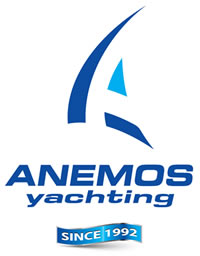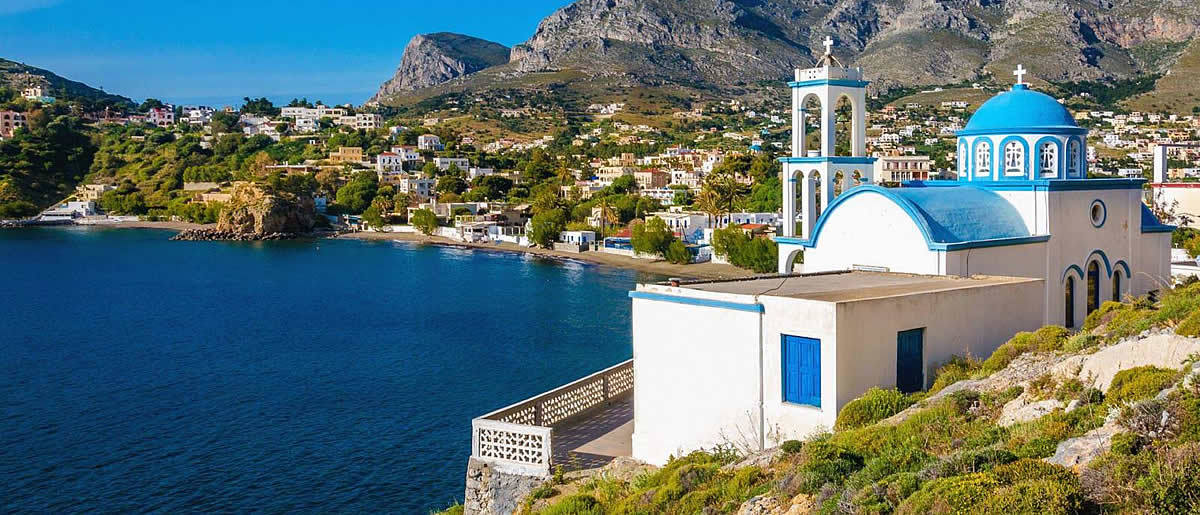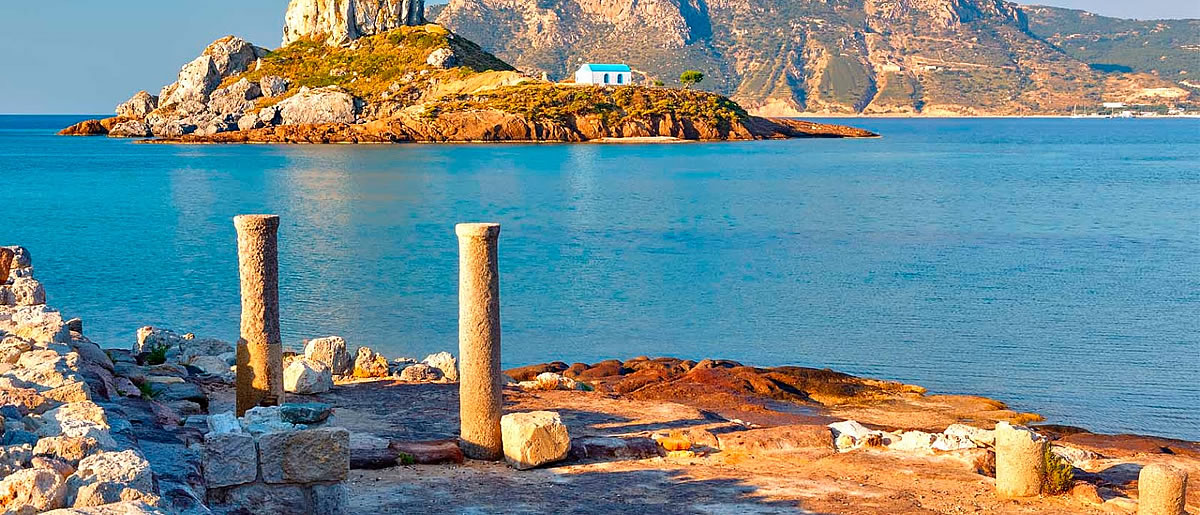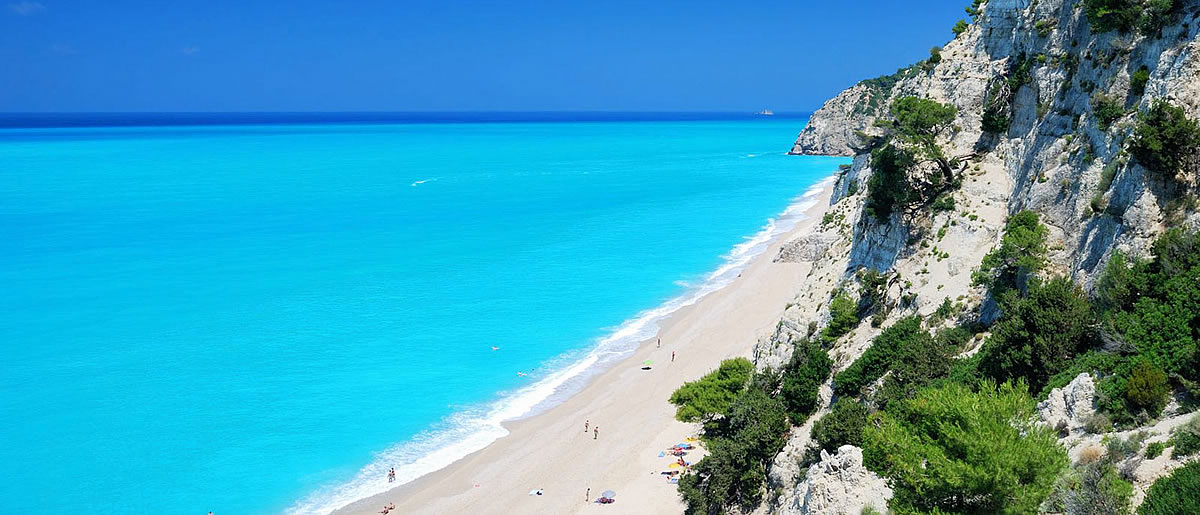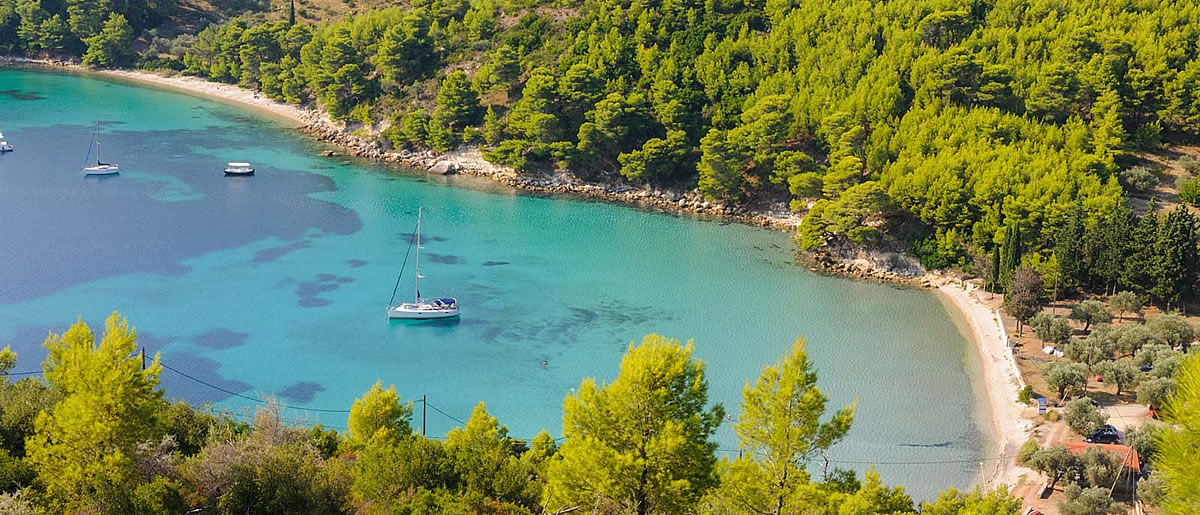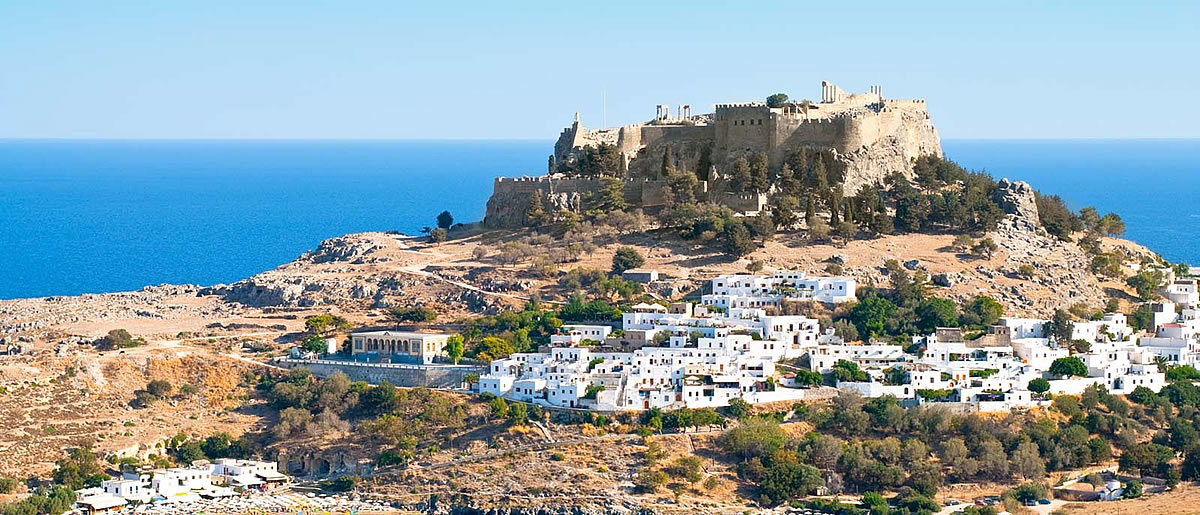Exploring the Turkish coast and the Dodecanese islands
The name "Dodecanese" comes from the Greek words "Dodeka Nissia" which means "twelve islands". In fact, these are 27. However, in 1909, only 12 of them, excluding Kos, Rhodos and Lipso but including the outsider Ikaria, protested against the conquerors Ottoman Turks for the intended deprivation of the privileges and tax exemption granted since the 16th century. In fact, the islands were initially conquered by the knights of S John before they fell under the Turks jurisdiction in 1522. However, after the Italian-Turkish war, the islands were temporarily awarded to Italy in 1912 under the commitment they would be delivered to Greece in due course. However, the Italians "forgot" it and only after World War II, the Dodenanese reunited with Greece in 1947. Despite the many historical findings and monuments, all reminders of the long periods of occupation, it is impressive that the islands remain intrinsically Greek. The whole scenery provides an unspoiled cruising area, in excellent harmony with the Aegean Sea, covering not only the Greek islands but also the nearby picturesque Turkish coast.
Some interesting places (in alphabetical order)
Asin Bay (Turkey)
A tranquil and beautiful cove. This nice shelter used to be the harbour of the ancient Lassos, a city founded by the Peloponnesians. The archeological sight among the olive groves is really marvelous, although donkeys and cows are present around. There is also a castle from Byzantine times that was built by the knights of St. John on the craggy slope.
Bodrum (Turkey)
Towers, castles, a mausoleum, archeological findings and the lovely modern city attract many tourists. In the same place, in ancient times, was the famous city of Alikarnassos. In antiquity, the mausoleum was considered as one of the Seven Wonders of the World.
Datca (Turkey)
A quiet and picturesque place with secluded bays that form an idyllic place for anchoring.
Didyma (Turkey)
The remaining columns and the other ruins of the ancient temple still impress visitors. The temple was built to the god Apollo, and, although destroyed by the Persians, Alexander the Great rebuilt it. In the so-called city of Apollo there was also the regional oracle, which although today enjoying less fame, was older than that at Delphi. Today the ancient ruins impose over the modern city.
Ikaria
Due to the lack of a secure harbour, only a few yachts visit the island. However, in settled weather, apart from the tranquility and the locals' hospitality, the visitor will enjoy this picturesque Aegean island. According to the legend, the island's name derives from Ikarus who, along with his father Dedalus, escaped from Crete by fabricating wings from leather and wax. Icarus flew too high and the sun melted the wax so he fell on the island.
Kalymnos
The spongefishers' island. A mini earthly paradise where Nature gives its best with caves and marvelous beaches in a really unspoiled scenery. Archeological findings, remains of fortresses, castles and old churches remind visitors of the important history of the island in the area. The island is mountainous with two fertile valleys where the two biggest villages, the Chora (*) and Vathi are located.
Kea
Although a breath's distance from Athens and the mainland, the island maintains its genuine Cycladic color. The "Chora" is amphitheatrically built, in the top of the hill, just 5 kilometers from the main port, and provides a spectacular view of the opposite mainland and the nearby islands. The basic occupation of the islanders was and still is cattle raising. Bee-raising is also a major island occupation. The Kean thyme honey is famous. "Pasteli " is a local specialty made with sesame seed and honey.
Knidos (Turkey)
An ancient city still unspoilt by tourism. The ruins of Venus' temple are scattered on the slopes above the ancient harbor. In ancient times, Knidos was famous for the naked statue of Aphrodite by Praxitelis, one of the biggest sculptors of ancient Greece and the astronomer & mathematician Evdoxos who lived in the 4th century B.C. There is also a Byzantine church.
Kos
The birthplace of Hippocrates, father of medicine. In 4th century BC, "Asklepeion" was the top hospital. However the island was inhabited many centuries before that. Excavation findings and other historical monuments cover the Hellenistic, the Roman as well as the Byzantine periods. The streets of the modern town are lined with palm trees and fantastic beaches surround the island. Bicycle is the preferred means of exploring.
Kusadasi (Turkey)
Lot of souvenirs and carpets are sold in the bazaar where, the negotiation of price is a "must", not to say a habit. The ancient city of Ephesus lies within a convenient distance and is worth to visit. The site is most impressive, as the visitor can walk in the marble streets of the ancient city where many elements of the ancients' life are visible, including the stadium, the agora, the library, the brothels and the municipal sanitary network. The ruins date from the Hellenistic (Greek) period and then were overlaid by Romans who later made the city the capital of the province.
Leros
In antiquity it was referred to as one united island with Kalymnos. The town of Laki is built at the back of a deep and almost landlocked bay, making it one of the largest and best natural harbors in the Mediterranean. The little white houses, the neoclassical buildings which were made by the Italians after their occupation in 1912 and the narrow alleyways will attract the visitor. There are also the remains of a Byzantine castle built by the knights of St John in the 14th century.
Marmaris (Turkey)
A booming tourist resort that has been recently modernized since the old town was seriously damaged by the earthquake of 1958. However, it retains its traditional colours and customs and the visitor may also consider the local bazaar as an attraction. In the nearby fishing harbor, where the pine trees reach down to the sea, yachts can shelter all year round.
Mykonos
The world-famous island where the cosmopolitan life never stops, day and night. However don't ignore the unique beauty of the island. White-washed streets, uniquely shaped houses, little wooden fishing boats moored next to expensive mega-yachts, picturesque Cycladic churches, little tavernas, silver beaches, wind mills and so on, are only just a few of the attractions for any visitors. Intellectualls, well known artists and movie stars from all over the world prefer the island for their holidays.
Nisyros
A small volcanic island. The crater is accessible, its diameter is 261 meters and its depth 29 meters. The reek of sulphur is noticeable and the scenery makes the visitor feel he has visited another planet. In general, the white houses make an impressive contrast with the dark volcanic color of the earth. A castle erected by the knights of S. John, a chapel that was built in 1600 and dedicated to Our Lady, the picturesque villages and the many lovely beaches are only few of the attractions of the island.
Patmos
This was the island where St. John the Theologian was exiled in 95 AD and was inspired to write "The Apocalypse" (Revelation). In his honor, later in 11th century, the Byzantine emperor found a monastery which still impresses the visitors of the island. The frotress-monastery with its massive gray stone battlements, that were built to protect the internal main church and the smaller chapels, dominates the hill above the port. Cubelike houses, sea masters' mansions, high walls, little squares and narrow lanes remind visitors of the Aegean native of the island. A lot of Byzantine objects and frescoes dedicated to Our Lady (dated 1210-1220) can be seen inside the Monastery. Lovely beaches, nice villages and fish tavernas also attract visitors.
Rhodos
Known as the island of the sun. The island was inhabited since Neolithic era. In the period 700-300 BC it became the economic and culture center of the area and imposed its dominance to the Aegean as well. After the invasion by the knights of St. John in 1300 it became again a powerful center. The three different successive cities are interesting for any visitor: the ancient one founded in 400 BC, the medieval one which is still surrounded by the high walls and the modern cosmopolitan Rhodos with buildings made during the last few decades. There are a lot of interesting places to be visited on this dreamy island, however do not miss Lindos. There are excellent beaches around the island.
Samos
The jewel of Eastern Sporades, lying only one mile away from the Turkish coast. Gullies, bluffs and peaks create a fantastic landscape while thick pine forest cover most of the slopes and villages are wedged in small plateaus. Known since antiquity for its wines, "moschato" is the superb sweet wine of today. The island has numerous museums and monuments covering periods of ancient Greece and Roman. Pythagorion, the cobble-paved capital town took its name from Pythagoras, the father of mathematics who was born here in 850 BC. The sandy beaches are beautiful.
"a² = b² + c²" (Pythagoras 880 BC)
Symi
The birthplace of the Three Graces. The name of the island derives from Symi, the wife of god Poseidon. After the conquest by the knights of S. John in 1370, it became a commercial and shipping centre lasting until steam substituted sails on ships. The capital is split into two towns, the Ano (Upper) Symi and the Kato Poli (Lower City), the latter also called Yalos (Coast), with a steep lane with steps connecting the two towns. Stately historical mansions still exist in the capital. However, also neoclassical houses are seen around, some of them traditionally painted and decorated. The coast line alternates between steep rocks and sand and is interrupted by little coves. The island has wonderful beaches.
Syros
Ermoupolis (the Chora), is the capital town for all the Cycladic islands. A really beautiful city with important buildings, such as the Town Hall (designed by the German architect Ziller) and the Municipal Theatre which is a miniature copy of Scala Di Milano.The Ano (Upper) Syros ie the higher part of Ermoupolis still keeps its medieval characteristics and also provides a spectacular view of the town, the harbour and the sea beyond.
Tinos
A magnificent church of Our Lady, all made of marbles from Paros and Tinos, stands on the top of the hill, at the extremity of Chora. The 45 villages of the island have been only slightly affected from tourism. Myth says the wind-god Aeolus was born in this windy island. One of the characteristics of the island is the countless dove-cotes, made of stone or marble, many of them being works of art. Hundred of thousands of orthodox Greeks come to the island to pay their homage to the miraculous icon held in the Church of Evaggelistria (Virgin Mary), which probably is the most important religious site in Greece. The architecture of the church makes a visit worthwhile.
Some indicative cruises
|
|
|||||||||||||||||||||||||||||||||||||||||||||||||||||||||||||||||||||||||||
Our services
Sailing Yachts for Charter
A large variety of the best sailing yachts available for charter in Greece at the most competitive prices.
Crewed Yachts for Charter
A complete range of high quality fully crewed yachts which have been selected especially for people looking for luxury & privacy at sea.
Yachts for Sale
A selection of excellently maintained yachts for those who wish to buy a yacht without spending a fortune.
